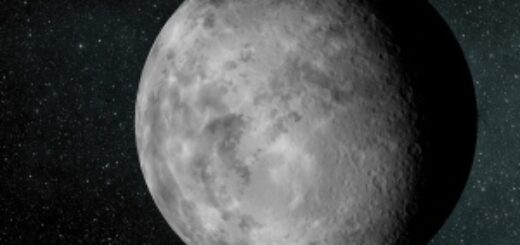Evidence Climate Change Caused Global Mass Extinction 30,000 Years Ago
– Researchers have long argued what caused the global mass extinction 30,000 years ago. According to a new study the reason was climate change.
During the last Ice Age, Australia, Tasmania and New Guinea formed a single landmass. It was a strange and often hostile place populated by a bizarre cast of giant animals that no longer exist.

Scientists have found evidence that climate change was a primary or contributing factor in their demise.
Researchers from Vanderbilt University have examined fossil teeth the Cuddie Springs site in southeastern Australia to compare the diet of a variety of Australian megafaunal herbivores from when they were plentiful to when they were almost gone. The analysis suggests that climate change had a significant impact on their diets and may well have been a primary factor in their extinction.
“We have found evidence that, as the climate was changing and getting drier, animal diets were shifting dramatically,” said Larisa DeSantis, assistant professor of earth and environmental studies at Vanderbilt University, who directed the study. “If climate change was a primary or contributing factor in their demise, as it appears, we need to pay more attention to how current levels of climate change are affecting animals today.”
Dental analysis revealed that the climate was semi-arid. In addition, the animals’ diets were highly variable, implying that there were a number of ecological niches available to them.
The study reveals that the climate was substantially drier and the diet of the giant herbivores was considerably more restricted.
“It appears that long-term aridification may have reduced the ability of megafauna to consume certain types of plants, including salt-bush. Eating salt-rich plants requires drinking additional water that was less available and likely increased competition for similar plant resources,” said DeSantis.
“These data clarify the impacts of climatic change on marsupial megafauna and suggest that the long-term drying out of Australia, identified here and in other records, likely played a key role in the decline and disappearance of this unique suite of animals.”



 Creators of mankind
Creators of mankind Description of “Tall white aliens”
Description of “Tall white aliens” Where they came from?
Where they came from? About hostile civilizations
About hostile civilizations The war for the Earth
The war for the Earth “Tall white aliens” about eternal life
“Tall white aliens” about eternal life Video: “Nordic aliens”
Video: “Nordic aliens” Aliens
Aliens Alien encounters
Alien encounters The aliens base
The aliens base UFO
UFO Technology UFO
Technology UFO Underground civilization
Underground civilization Ancient alien artifacts
Ancient alien artifacts Military and UFO
Military and UFO Mysteries and hypotheses
Mysteries and hypotheses Scientific facts
Scientific facts


















